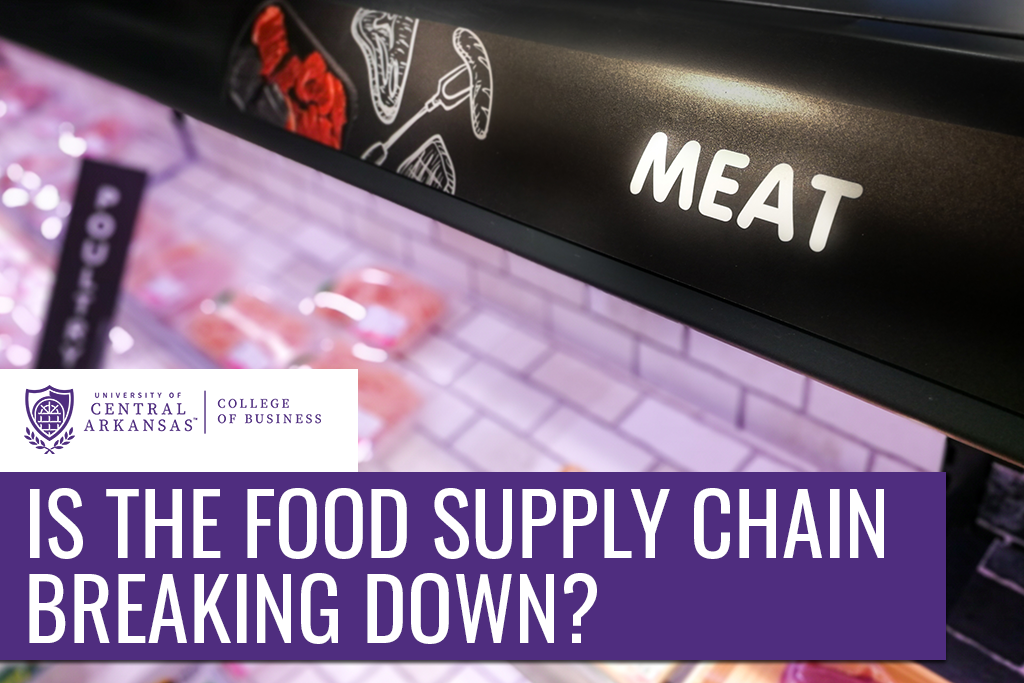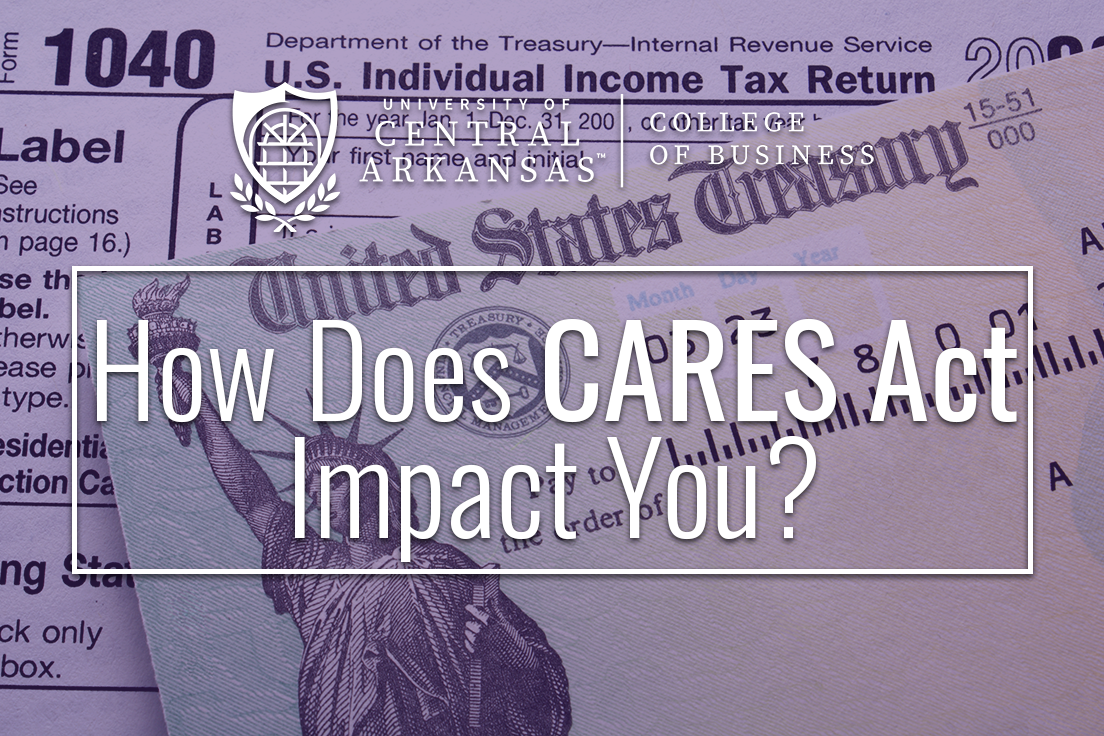
By Jeremy Horpedahl, Ph.D.
What can economics teach us about political coalitions? In a recently accepted paper, I use the example of dry county elections in Arkansas to shed some light on a type of coalition first identified by Economist Bruce Yandle in a 1983 article1.
Coalitions are often necessary to ensure passage or defeat of legal or regulatory changes. In some cases, political coalitions are composed of members that have little in common, other than their mutual position on one very specific issue. As Yandle (1983) suggests, coalition members also can play different roles in the political process, such as one member having a financial stake in the outcome and providing the majority of the funding (the “bootlegger” in Yandle’s framework), the other member serves as the moral voice (the “Baptist”).
As the saying goes, politics often makes for strange bedfellows.
In Arkansas, the metaphor has an almost-literal application: legalization of alcohol sales at the county level is opposed both by religious organizations and by liquor sellers in adjacent counties. In this paper, I examine how those two groups often marshal opposition to the legalization of alcohol sales in dry counties, although they rarely unite in formal coalitions. It contributes to literature following Yandle’s theory on the economics of political coalitions and supports many of the features of coalitions that Yandle suggested.
Arkansas’ Local-Option Alcohol Elections
My article first summarizes the history local-option alcohol elections in Arkansas. Here are several excerpts, with more detail in the paper itself.
Prior to statewide (1915) and nationwide (1919) alcohol prohibition, many Arkansas counties already were dry. In that era, local jurisdictions (townships and towns) were required to hold elections on alcohol prohibition every 2 years under an 1879 state law. In other words, elections were automatic: no signature gathering was required. In practice, once a county voted itself dry it never returned to wet status, although reversal legally was possible. When Arkansas went dry statewide after the 1915 Newberry Act, 66 of its 75 counties already were dry2.
After the end of national prohibition, alcohol regulation once again was returned to the states. In 1935, Arkansas passed the Thorn Liquor Law, which made all counties wet by default. Elections could be held to vote a county dry, but signatures of 35% of the registered voters in the county were required to place the issue on the ballot. Elections no longer were automatic; they could not be held more than once every 3 years2. Because of the high signature threshold, no county-wide elections to switch from wet to dry were held.
In 1942, Arkansas’s voters approved a lowering of the signature threshold to 15% of registered voters and allowed elections every 2 years rather than every 3 years3. Over the next 2 years, 21 counties held alcohol elections; 18 of the counties went dry, along with another 32 towns, townships and districts4.
In 1993, Arkansas’s legislature approved an increase in the signature threshold again, to 38% of the registered voters. The sponsor of the 1993 legislation stated that the changes were necessary because frequent local alcohol elections were so contentious that local communities were being polarized2.
In every election for which there is data since 1993, the signature requirement exceeded half of the actual votes cast in the next election.
Local-Option Elections & Petition Drives in Arkansas since 1993
The final section of my paper looks at the dynamics of the bootlegger-Baptist coalitions under the current rules for holding county alcohol elections. Liquor stores usually provide the funding, given that they are businesses with a big stake in the outcome. But what do religious organizations bring to the coalition? To answer this question, I had to go beyond the numbers and look to media sources, newsletters, and the archives of the Arkansas Ethics Commission. Here are a few more excerpts.
Since the 1993 rule changes, at least 21 attempts have been made to legalize alcohol sales in Arkansas counties, including multiple attempts in some counties, and one attempt to return a county to dry status. Of the 21 countywide attempts to legalize alcohol, only ten gathered enough signatures to put the issue on the ballot. In all ten of those cases, legalization was successful.
In the cases at hand, the metaphorical terms Yandle uses come very close to describing reality. The bootleggers primarily are the owners of liquor stores in bordering wet counties and bordering states, while the Baptists are churches and other religious groups (including many denominations, although Baptists are the largest religious group in Arkansas5).
Based only on the spending data, bootleggers appear to have a much higher willingness and ability to pay to stop alcohol sales in currently dry counties. Those differences could be explained by factors other than willingness to pay, such as differences in incomes of the two groups, but the differences are quite large. That gap also makes it important to investigate whether Baptists are contributing in non-monetary ways, which was found in almost every case.
While explicit coalitions are rare, examples can be found. When citizens attempted to change the status of the dry city of Jacksonville6 (located in wet Pulaski County), a local pastor formed an alliance with nearby liquor stores. After he couldn’t raise funds from local churches, the pastor told a local newspaper that he “utilized who was willing to help fight it. [The liquor stores] were honest with me, and I was honest with them.”
During one unsuccessful petition drive in Craighead County in 2014, officially registered opposition BQCs (“Local Citizens for Safety and Prosperity” and “Craighead Pride”) were funded fully by existing liquor stores in bordering Greene and Poinsett Counties. But the public face of the opposition that a local news station chose to interview was Bobby Hester, the State Director of the Arkansas Family Coalition, who called the signature gatherers “a bunch of greedy carpet baggers”7 and was the sole person quoted a month later in a story about the possibility of the county legalizing alcohol8. The Arkansas Family Coalition is a religious organization based in Jonesboro, the largest city in Craighead County and was organized by the Jonesboro Ministerial Fellowship9.
The Family Coalition also used its newsletter to disseminate “statistical information” it encouraged readers to give to “your minister or pastor” so that “they would then share it with the full congregation in the form of handouts, or however they would see fit to educate their parishioners.”10
One interesting example is from 2014 Newton County. While no BQCs on either side formally were created, a movement on the part of some citizens arose to collect signatures to legalize alcohol sales. A pastor wrote a letter to the editor of the local newspaper telling the community that his church would be posting the names of everyone who had signed the petition and would make the list available for public viewing. His justification for doing so was to allow people to verify that their names weren’t added to the petition fraudulently, but another reason might be to discourage signers because of the public shame it would cause. The pastor informed readers that he had performed the same service in bordering Boone County in 2010, although, unlike Newton County, the petition drive was successful in Boone County11.
Conclusion
In the paper’s conclusion, I said:
Bootleggers and Baptists both have strong, but very different interests in keeping alcohol illegal in some Arkansas counties. The two groups work together explicitly to achieve that goal and point to many other examples of more spontaneously complementary activities. The parochial interests of the individuals joining one of those groups—the Baptists—can be harmed when the other group—the bootleggers—is less active. Without significant funding from liquor stores in adjacent counties, petition drives to legalize alcohol sales almost always succeed. The vocal opposition of religious leaders and spending by churches also explain some of the failed petition drives.
What is most important is the uncovering of an important feature of the bootlegger-Baptist coalitions described by Yandle1. As Smith and Yandle12 put it, the combination of economic interest and moral suasion represents a “winning coalition.” There is evidence in all but two Arkansas counties of the decisiveness a bootlegger–Baptist coalition in blocking an alcohol-legalization proposition from being placed on the ballot. And even for those two counties, local media suggested that religious organizations did provide some opposition, although the reports do not contain any details. Overall, the evidence supplies strong support for Yandle’s theory. Baptists operating alone often fail to prevent legalization of alcohol. Working together with bootleggers, however, the coalition usually is successful in achieving its goal (in the case of Arkansas, by keeping the issue off the ballot). And whenever a bootlegger exists to fund the opposition to alcohol legalization, we can usually find evidence of Baptists spreading the moral message and helping the coalition be successful.
My research gives us more detailed information on how political coalitions function and contributes to a broader research question in economics and political science. It also sheds light on a current public policy question in Arkansas. Opponents of legalizing alcohol sales statewide in 2014 argued that local control was better than the state telling counties what they must do. This shows that it is not the citizens of the county that are rejecting alcohol legalization, but rather a political coalition that receives most of its funding from outside the county, and sometimes outside the state.
Jeremy Horpedahl is an assistant professor of economics at the UCA College of Business and research scholar at the Arkansas Center for Research in Economics. His paper “Arkansas’ Alcohol Fight: Bootleggers, Baptists and Ballots” has been accepted for publication in the academic journal Public Choice. Click here to read it in its entirety.
- Yandle, B. (1983). Bootleggers and Baptists: The education of a regulatory economist. Regulation,7(3), 12–16.
- Johnson, B., III. (2005). John Barleycorn must die: The war against drink in Arkansas. Fayetteville, AR: University of Arkansas Press.
- Harper, J. W. (2016). A spirited revolution: Local option elections and the impending death of prohibition in Arkansas. University of Arkansas at Little Rock Law Review,38(3), 527–557.
- Knoll, J. L. (1951). A partial fruition: A history of the Woman’s Christian Temperance Union of Arkansas. Little Rock, AR: Women’s Christian Temperance Union of Arkansas.
- Pew Research Center (2014) reports that 39% of Arkansans are Baptist (combining evangelicals, mainline, and historically black Baptist denominations). That’s about half of the 79% of Arkansans affiliated with any Christian denomination. https://www.pewforum.org/religious-landscape-study/state/arkansas/.
- Hogan, L. (2014). Reports shed light on backers of wet, dry groups in Arkansas. Arkansas Business, June 19.
- KAIT. (2014b). Signatures being gathered for Craighead County to go wet. May 3. Retrieved August 16, 2019, from https://www.kait8.com/story/25418526/committee-poses-wetdry/.
- KAIT. (2014a). Crime rate: Wet vs. dry counties. June 12. Retrieved August 16, 2019, from https://www.kait8.com/story/25752589/crime-rate-wet-vs-dry-counties/.
- Arkansas Family Coalition. (2019). Who we are. Retrieved August 6, 2019, from https://www.arfamilycoalition.org/who-we-are.html.
- Arkansas Family Coalition. (2014). July/August/September 2014 newsletter. Retrieved August 6, 2019, from https://www.arfamilycoalition.org/uploads/5/8/5/5/5855148/2014_july_august_september_neswletter.pdf.
- Fraught, D. (2014). Baptist church to display liquor petition signatures. Newton County Times. May 8.
- Smith, A., & Yandle, B. (2014). Bootleggers and Baptists: How economic forces and moral persuasion interact to shape regulatory policy. Washington, DC: Cato Institute.










